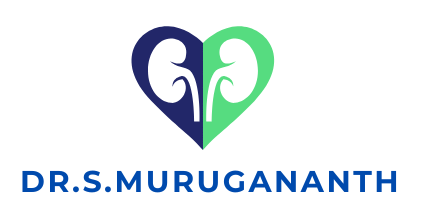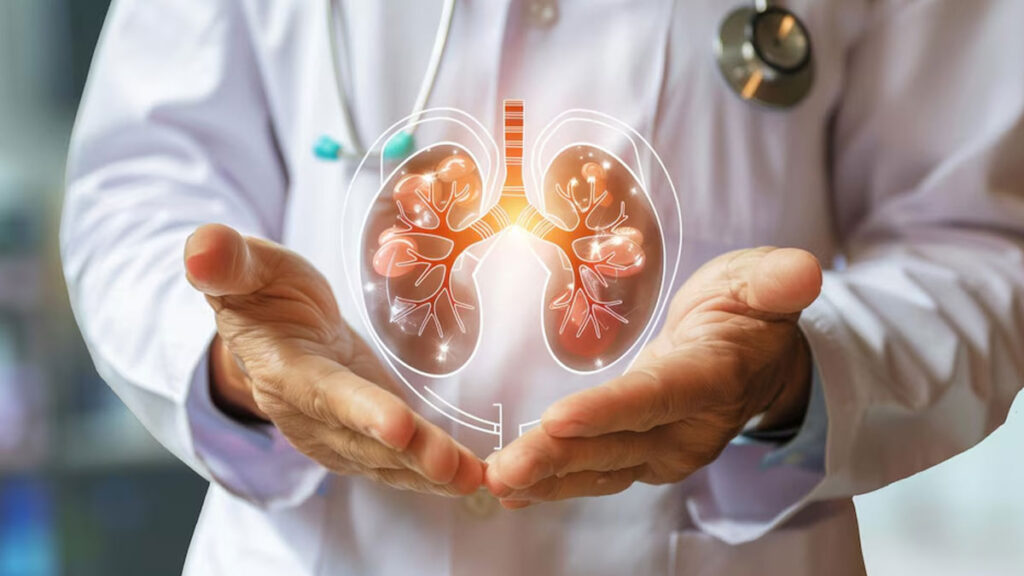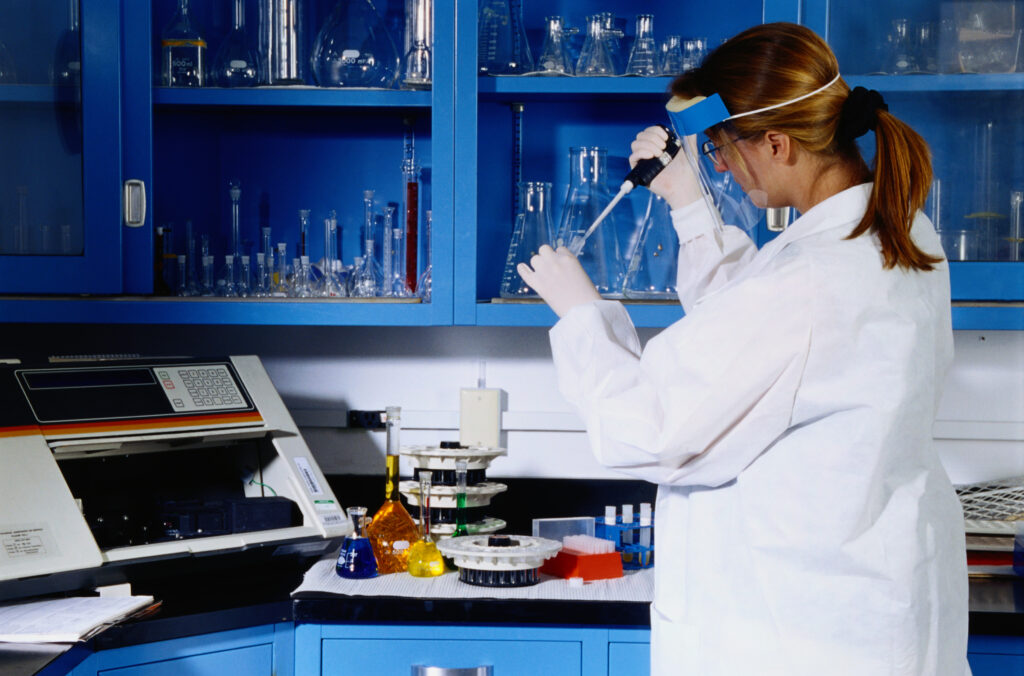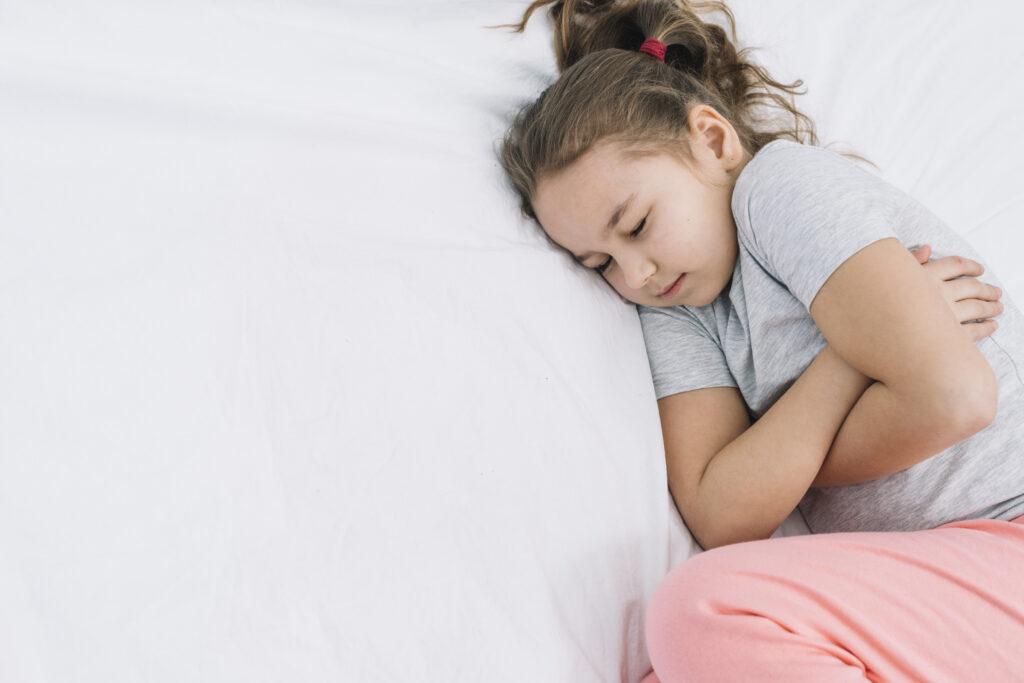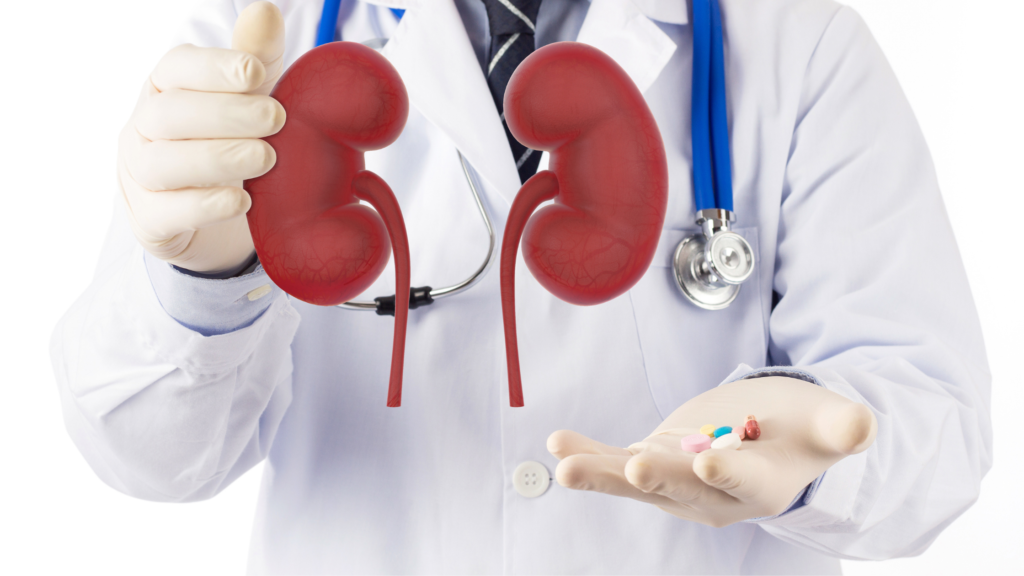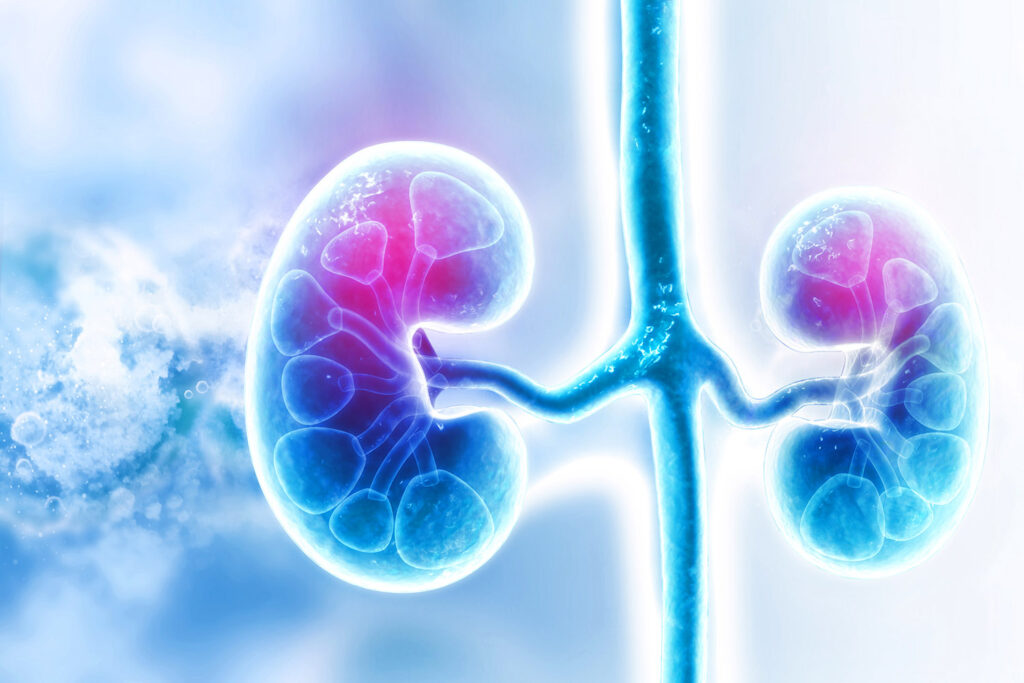Simple Lifestyle Tips to Prevent Kidney Stones
Kidney stones are one of the most common urinary tract problems affecting people of all ages. These hard mineral deposits form inside the kidneys when waste materials and salts build up in the urine. Passing a kidney stone can be extremely painful — but the good news is that most kidney stones can be prevented through simple lifestyle habits. Here are a few easy and effective ways to prevent kidney stones naturally. 1. Stay Hydrated Throughout the Day Drinking enough water is the single most important way to prevent kidney stones. When you drink less, your urine becomes concentrated, allowing minerals like calcium and uric acid to form crystals. Aim for at least 2.5 to 3 litres of water daily (unless your doctor advises otherwise). You’ll know you’re well hydrated when your urine is pale yellow or clear. Tip: Spread your water intake evenly throughout the day — and drink a glass before bed, especially in hot weather. 2. Reduce Salt and Processed Foods Too much sodium can increase calcium levels in the urine, leading to stone formation.Avoid: Opt for home-cooked meals using moderate salt and fresh ingredients. 3. Eat a Balanced, Kidney-Friendly Diet Your diet plays a key role in stone prevention: 4. Avoid Sugary Drinks and Excess Caffeine Soft drinks, energy drinks, and sugary beverages increase the risk of kidney stones by dehydrating the body and adding harmful phosphates. Replace them with water, coconut water, or lemon juice, which helps neutralize acids in urine. 5. Maintain a Healthy Weight and Stay Active Being overweight can alter the body’s acid levels, leading to stone formation. Regular exercise — walking, yoga, or cycling — helps maintain healthy blood pressure and kidney function. Tip: Small lifestyle changes like daily activity and mindful eating can make a big difference in kidney health. 6. Get Regular Kidney Check-Ups If you’ve had a kidney stone before, you’re at a higher risk of getting another. Regular urine and ultrasound tests can help detect early changes and prevent recurrence. Conclusion: Prevention Is Easier Than Treatment Kidney stones may be common, but they are mostly preventable. A healthy diet, proper hydration, and routine medical checks can help keep your kidneys stone-free. Drink smart, eat right, and move daily — your kidneys will thank you.
